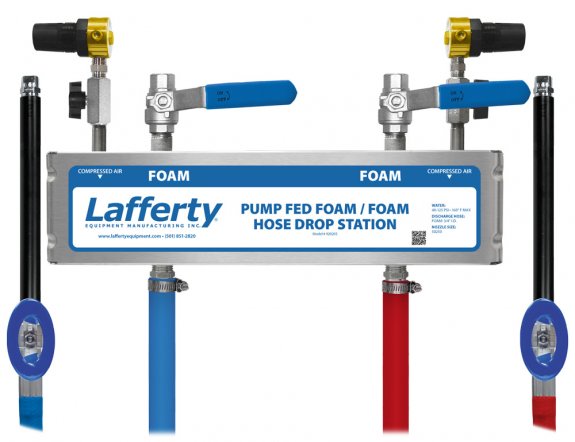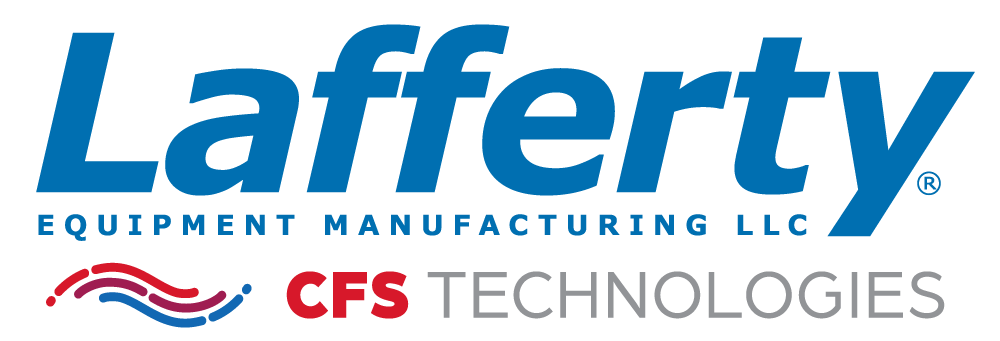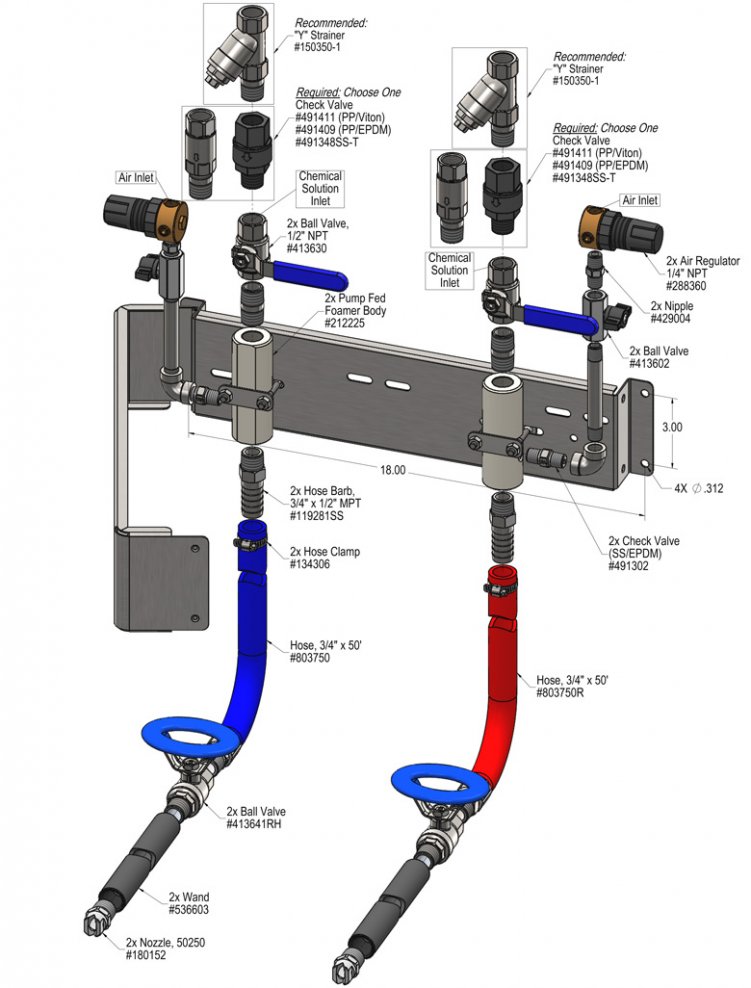Overview
The Pump Fed Foam / Foam Hose Drop Station is a 2-way medium volume foam applicator for projecting 2 ready-to-use foaming chemicals. This unit receives 2 separate ready-to-use chemical solutions from separate central chemical feed systems and creates rich, clinging foam by injecting compressed air into the solutions to greatly increase volume and coverage ability. The foam is then projected through the dedicated discharge hoses and fan nozzles on to any surfaces up close or at distances up to 12 feet.


